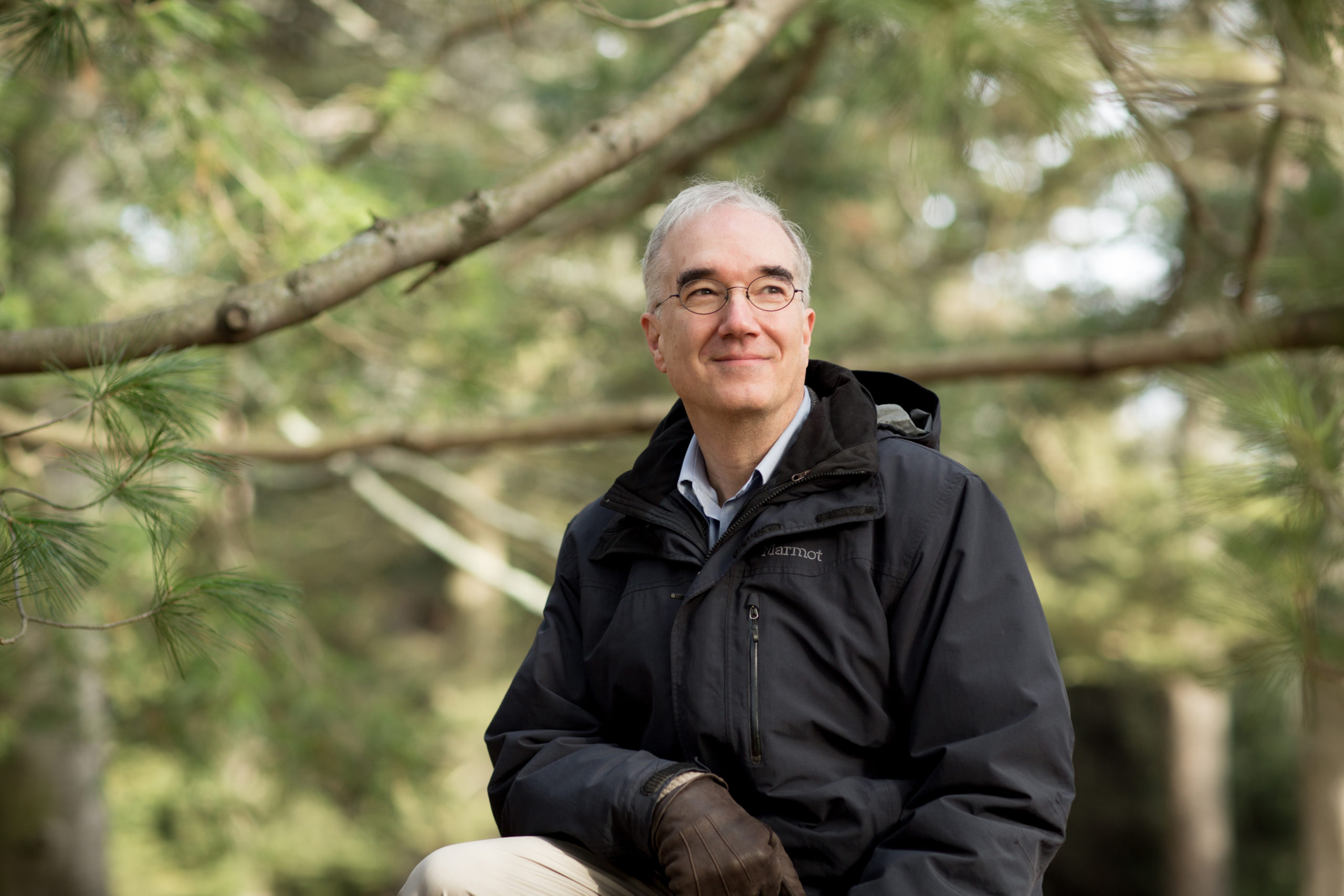The Explorers Garden is filled with the greatest hits of the Arnold Arboretum and its history of bringing magnificent woody plants from around the northern hemisphere to Boston. Showstoppers abound at every turn: the two oldest Franklin trees (Franklinia alatamaha) on the planet (accessioned in 1905), the large patch of royal azaleas (Rhododendron schlippenbachii, some going back to 1905), the stunning Chinese fringe tree at the end of Chinese Path (Chionanthus retusus, a 1901 gift of the Imperial Botanic Garden in Tokyo), a long run of tree peonies (genus Paeonia), stewartias (genus Stewartia, oldest from 1918), the Arboretum’s first two dove trees (Davidia involucrata, accessioned in 1904 and 1911), and of course, the wonderful old paperbark maple (Acer griseum, accessioned in 1907). But not every plant has to be a star to be beautiful.
A few years ago, as I wandered the Explorers Garden, I veered off the beaten path, down the slope a bit, and bumped into two highbush blueberries (Vaccinium corymbosum; 1951*A and 1951*B). Scraggly at best, but with lovely green leaves and young fruits underway. I took a few pictures, then looked at the tags. Accessioned in 1883! Among the very oldest residents of this part of the Arboretum, long predating Arboretum expeditions to Japan, China, and Korea. Both shrubs were collected by Jackson Dawson, the first employee hired by Charles Sprague Sargent (founding Director of the Arnold Arboretum) and Plant Propagator for 43 years. 137 years ago, Dawson went out with horse and cart and dug these plants from the woodlands nearby. Ever since, in the understory of now towering oaks, these two plants have quietly persisted.
True, these two highbush blueberries did not travel far to arrive at the Arboretum. No team of plant collectors risked their lives on remote mountainsides in China, Korea or Japan. No long journey by river, sea and transcontinental railroad to arrive in Boston. Just a short ride to the Arboretum in a cart. They aren’t dove trees or paperbark maples—exotic almost beyond belief. They are “just” a couple of very old blueberries from around the corner. They persist. They are beautiful, and now, every year throughout the year, they seemingly beckon me to visit. I acknowledge their existence and persistence (and not vice versa). I marvel at the beauty of the urceolate flowers and young blueberry fruits with flared calyx. These two old blueberries remind me that each and every plant on Earth is magnificent, worth getting to know. They are two old friends I look forward to seeing as much as any of the other 16,000 accessioned organisms at the Arnold Arboretum.

If you crave more Arnold Arboretum plants, follow my Instagram account: @nedfriedman.

